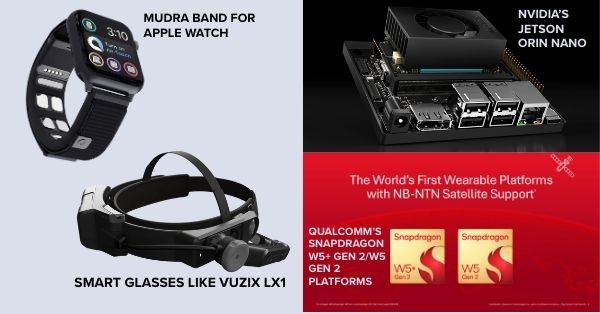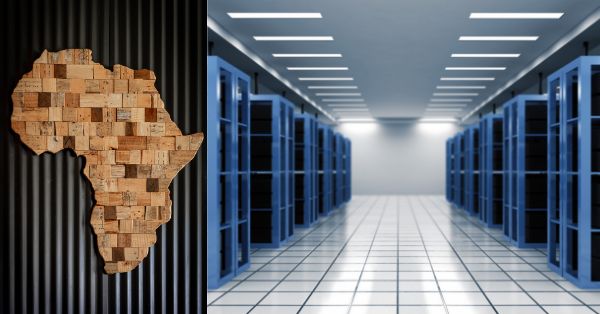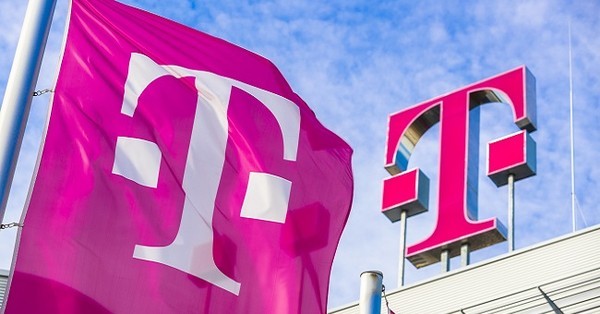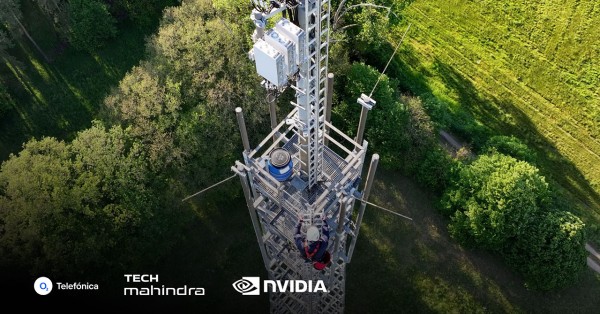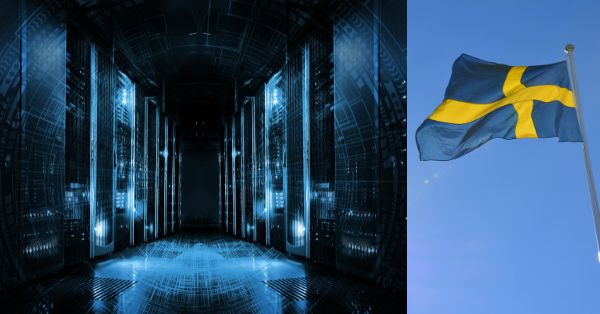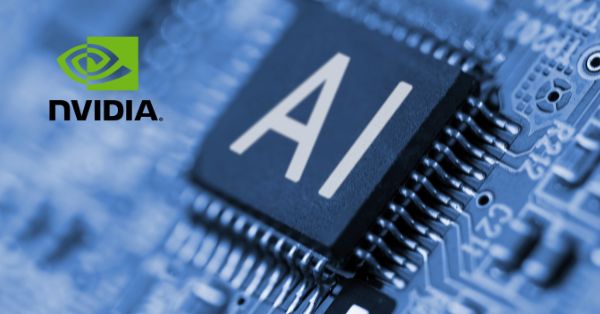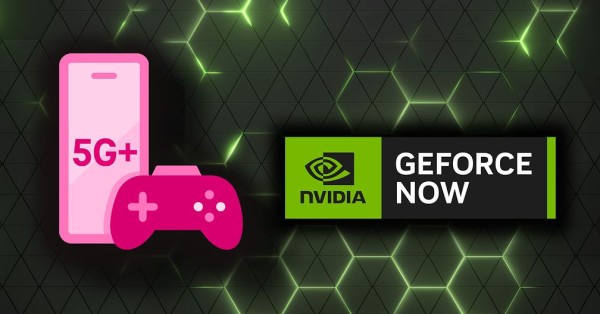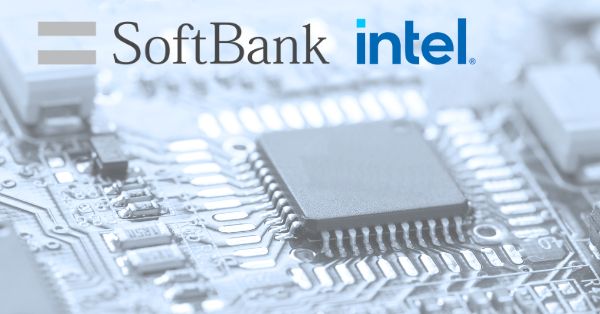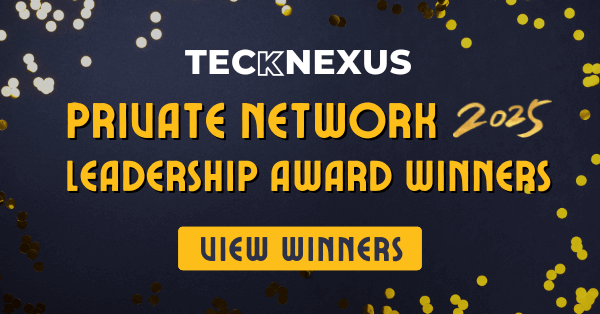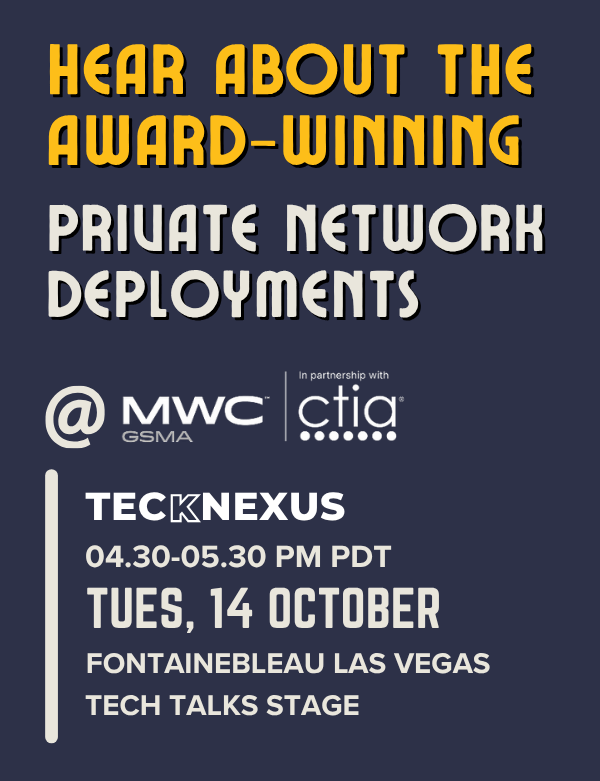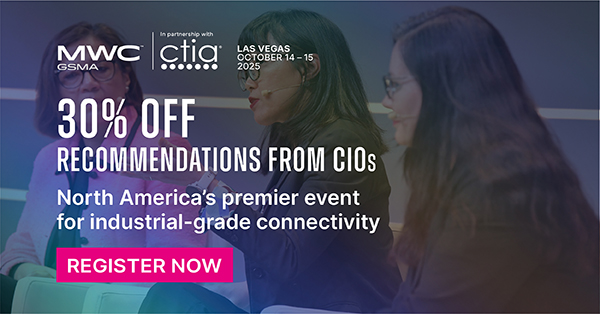- Tech News & Insight
- September 21, 2025
- Hema Kadia
The global wearables market has more than doubled since 2021 and is entering a new cycle driven by AI-enabled, gesture-first devices. After a post-pandemic correction, volumes are stabilizing as value rises, helped by richer sensing, better compute and broader use cases. The next leg of growth centers on “intent-based” interaction—reading minute muscle or motion signals to control devices without touching a screen or speaking a command. The appeal is clear: faster command throughput, fewer errors in noisy environments, and safer operation in motion or sterile settings.


